- EDXRF is purely a surface analysis and is used to determine the bulk chemical composition of the sample surface area seen only in the X-ray region.
- Different energy sources maybe used an X-ray tube or an electron beam.
- A multi-channel analyser is used which gives a complete spread and separation of the wavelengths which is observed as a definite line spectra and expressed as kev / counts.
- Depending on the element to be measured, different filters are utilized.
- Elemental percentages are calculated using compatible software.
- The spectrometer analyses elements which have a higher atomic number than 11. The lighter elements i.e. below Sodium (atomic number 11) cannot be detected. Since beryllium cannot be measured, a distinction between corundum and chrysoberyl cannot be made.
X-rays and Their Uses
X-rays have a wide application in gemstone identification.
- X-rays are high frequency electromagnetic rays.
- They possess the ability to pass through a substance which is normally opaque to ordinary light.
- The greater the atomic mass of a substance, the greater is its opacity to the rays. E.g. carbon, oxygen, nitrogen have low atomic masses and are more transparent to X- rays while iron, calcium, zirconium which have higher atomic masses are less transparent to the rays.
X-rays are used in gemstone identification as follows:
- Fluorescence: Gemstones exhibit fluorescent effects. E.g. Diamonds exhibit varying luminescence; Natural Pearl is generally inert while cultured pearls give a greenish yellow fluorescence, due to the presence of manganese. This is also observed in all freshwater and some Australian natural pearls and is therefore not conclusive.
- Transparency: This is useful while examining complete pieces of jewellery e.g. in a pearl, transparency of conchiolin differs from the calcium carbonate pearl structure and therefore presents a distinctive appearance. Gemstones with heavier elements will be more opaque to X-rays, as is seen in synthetic cubic zirconia when compared to the transparency of diamond. Composite stones would present varying transparencies in the different portions.
- Diffraction: X-ray diffraction is useful in identifying crystal structure (powder diffraction) and the analysis of the Laue diffraction patterns (spot pattern) in identifying the gemstone. Diffraction patterns are distinctly different for natural and cultured pearls. Natural pearls have a radial structure made up of aragonite crystallites while cultured pearls contain a bead nucleus surrounded by aragonite crystallites. A narrow X-ray beam is passed through the pearl in at least two directions. A hexagonal spot pattern in all directions is seen in natural while a hexagon and a square pattern in two different directions (90° to each other) is seen in cultured pearl.

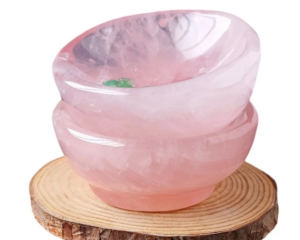


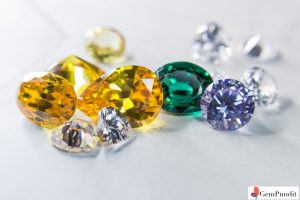

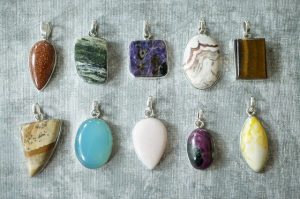
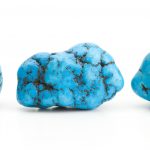
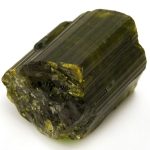
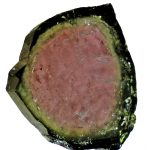
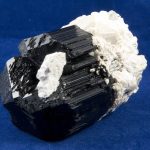
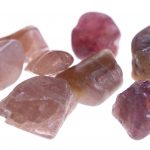
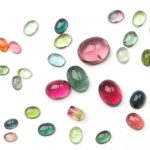
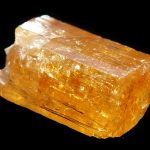
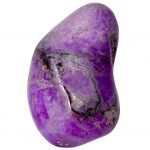
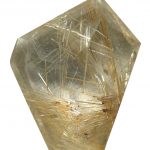
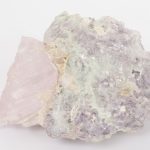
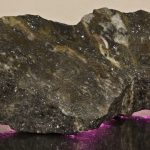
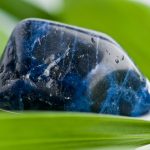
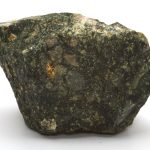
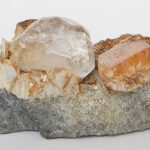
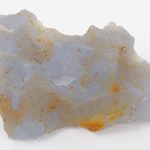
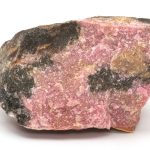
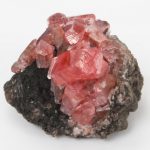
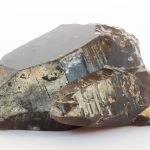
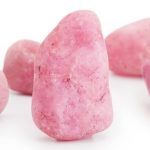
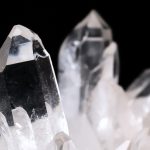
Leave a Reply
You must be logged in to post a comment.